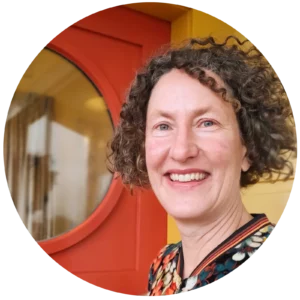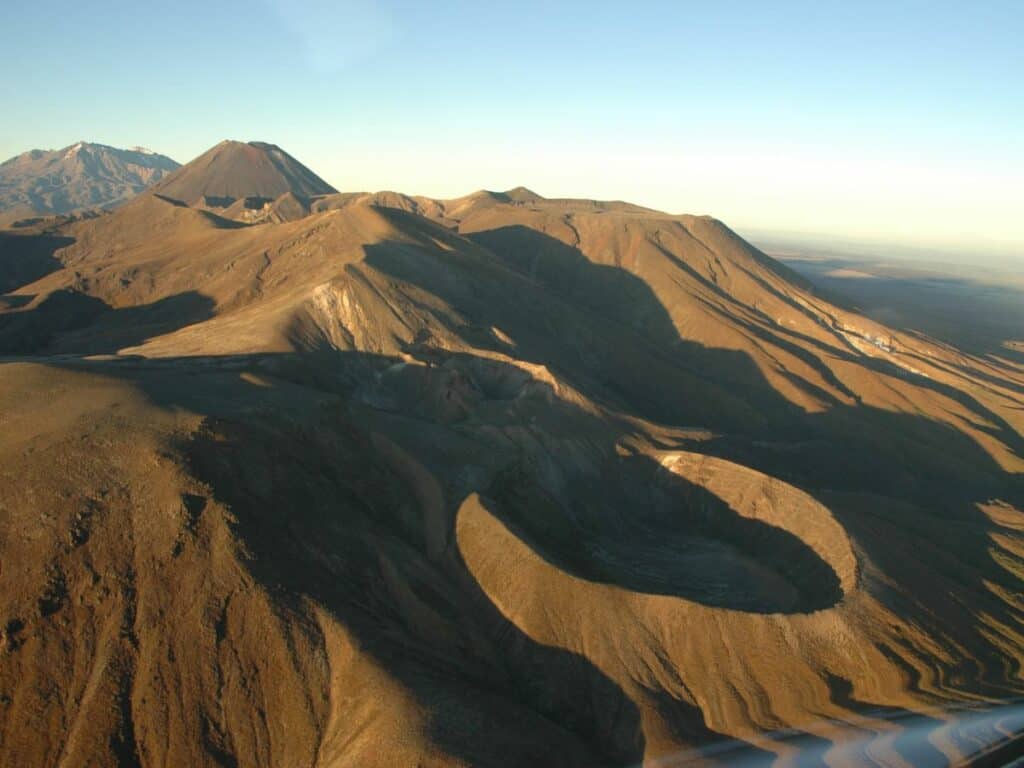Ka mate whare tahi, ka ora whare rua
With one house we are weak, with two houses we are strong
“Using just our own minds we are weak. However, if we use our minds combined with the minds of the community and those from other worldviews, we expand our horizons and become stronger.” This is how Nona Hohepa-Taute explained the above whakatauki at the 2019 Pacific Conference on Earthquake Engineering. Nona, who is a lecturer and PhD student at the University of Auckland’s Engineering Faculty, and thoroughly immersed in his Māori culture, demonstrates the advantages in using both mātauranga Māori and Pākehā science to make New Zealand a better place to live.
Nona’s research explores the benefits that arise when non-Māori engineers have an understanding of Māori cultural values and include Māori at the conceptual stage of projects. The trust and respect that stems from mutual understanding increases the likelihood that engineering projects will be successful. Bicultural projects not only improve resilience to natural hazards and the sustainable use of natural resources, but also provide solutions that uphold and strengthen Māori connection to their culture and environment.
As a starting point, Nona encourages non-Māori earthquake engineers in Aotearoa New Zealand to learn about Rūaumoko – the Māori god of earthquakes, volcanoes and geothermal activity. This may seem a far cry from learning formulas to calculate building strength – he is not suggesting mātauranga replaces the Western discipline of engineering – but rather, that by expanding horizons to incorporate mātauranga, all of society benefits. Learning about Rūaumoko’s relevance to Māori opens the door to understanding the interconnectedness that Māori culture has with natural forces and resources – beneficial to New Zealand as a whole.
Te Hiranga Rū QuakeCoRE Principal Investigator Jason Ingham recalls the early days of QuakeCoRE as very white and very male. To fulfil funding obligations to mātauranga Māori he wanted to work on seismic resilience of marae buildings but he wasn’t sure how to start. Jason has now learnt: first you build relationships then you build a research plan. From learning his pepeha to doing the Rūaumoko haka, Jason has been thoroughly enriched and made close colleagues with whom he can now do truly collaborative, multicultural, interdisciplinary research.
QuakeCoRE research into seismic assessment of marae buildings is following a kaupapa Māori approach. A predominantly Māori team of building experts have laid out the justifications and recommendations for changes to building status, methods and capabilities that will ensure culturally appropriate treatment of earthquake-prone marae buildings. There is more to come, but this work, published in the Philosophical Transactions of the Royal Society, is a clear illustration that when it comes to resilience to Rūaumoko’s rumblings, the more worldviews, the better.

